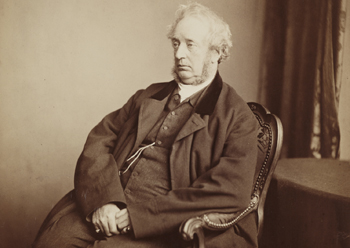
Colin Harding looks at one of the major figures in early British photography.

Colin Harding looks at one of the major figures in early British photography.
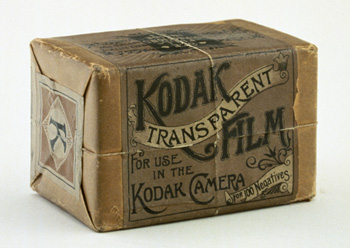
In a case that dragged on for decades, how did a relatively unknown clergyman and amateur photographer take on the Goliath of Eastman Kodak Company?
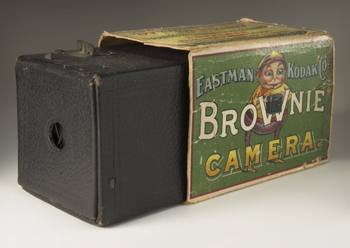
Simple design, mass production and lifelong customers—it’s easy to see why George Eastman was determined to bring photography within the reach of everyone with the Brownie camera.
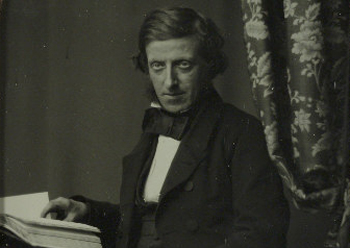
Frederick Scott Archer’s discovery revolutionised photography by introducing a process which was far superior to any then in existence, yet he was to die just six years later in poverty.
The New Chrysotype Process is so named in honour of Sir John Herschel who, in his classic paper of 1842 (1), first coined the term chrysotype to describe the photochemical production of an image in colloidal gold metal.
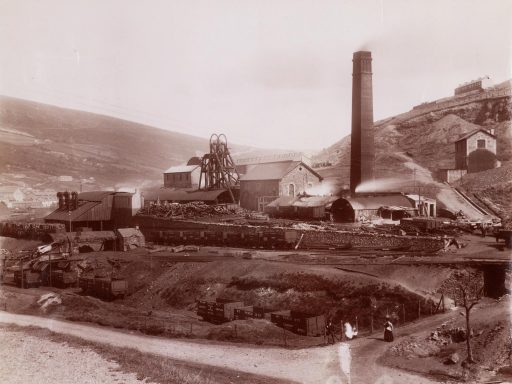
From albumen negatives in the 1840s to the gelatin dry plate, which was in use until the 1970s, learn about the history of glass photographic negatives.
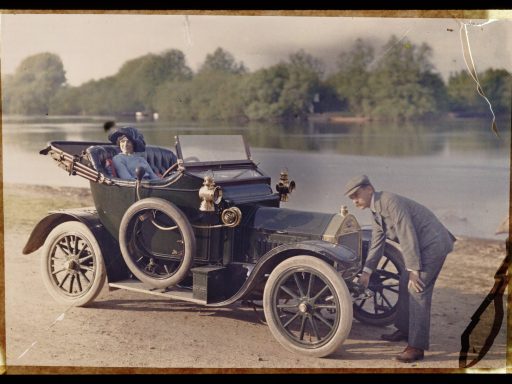
When photography was first introduced, a sense of wonder was tempered by disappointment that colours could not be reliably captured. The search for a solution became photography’s ‘Holy Grail’.